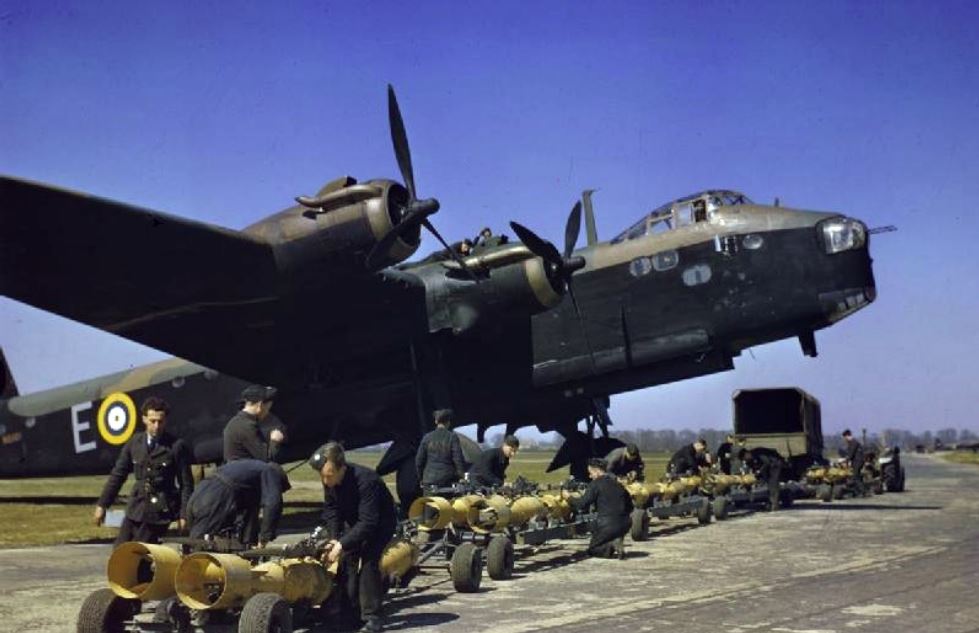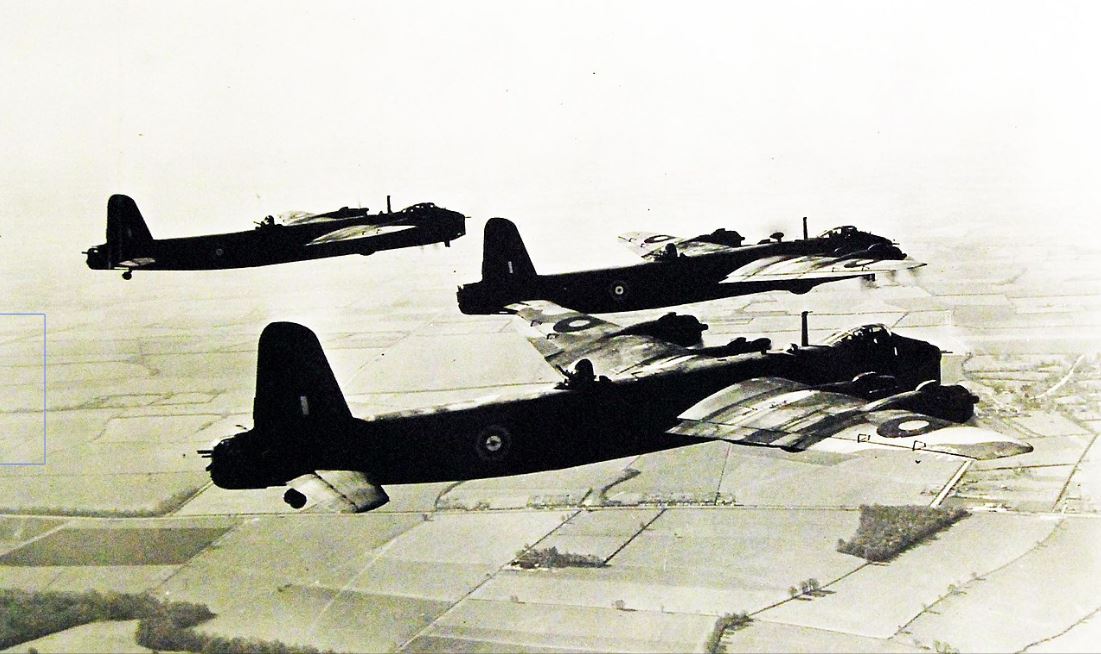Short Stirling
From Our Contribution
Contents
Remarks
Original request in the 1930s was for a two engine bomber, but with both the US and USSR investigating four engine forms, the UK followed seeking a long range high speed aircraft. Specifications also sought a capacity as a troop carrier (24). Early design work by Shorts focused on modifications to their Sunderland flying boat. Their first prototype flew on 19 Sep 1938. With the German Luftwaffe increasing in strength rapidly, production was ordered "off the drawing board", and the next prototype 'Stirling' flew on 14 May 1939. Shorts were originally given an order for 200 aircraft, but following the Munich Agreement, the order was increased to 1,500 aircraft.
The first production Stirling made its first flight on 7 May 1940. Production was slow for a time as with heavy aircraft losses during the Battle for Britain, priority was given for the manufacture of fighters. Most production had been moved to Ireland to avoid German bombing, and in 1941 production began in Canada. Shorts also began to produce a civilian version of the Stirling, capable of seating 30 passengers. Like all other bombers that had a tail wheel configuration, the Stirling could be more than a handful on take off or landing, especially when flown by new pilots.
The first production aircraft to reach an operation unit did so in August 1940. After a four month working up period they attained operational status in January 1941. By the end of the year, three squadrons were equipped and flying Stirlings and it was used for both daytime and nighttime bombing missions. From late 1941 the Stirlings played an important role in the development of the Pathfinder Squadrons. By 1943 as many as 100 Stirlings at a time were use don operations. While operating with Bomber Command a total of 582 aircraft were lost due to enemy action, and another 119 were so badly damaged as to be written off. In late 1943 the Stirling was judged to be a suitable tow for the heavy gliders to be used in the invasion of France.
General characteristics
- Crew:Seven - Pilot, second pilot, navigator/bomb aimer, front gunner /wireless operator, 2 x air gunners, flight engineer.
- Length: 26.59 m
- Wingspan: 30.2 m
- Height: 6.93 m
- Empty weight: 22,498 kg
- Max takeoff weight: 31,751 kg
- Powerplant: 4 x Bristol Hercules XI 14 cylinder air cooled engines. 1,500 hp each
- Maximum speed: 454 km/h at 3,800 m
- Range: 3,750 km
- Service ceiling: 5,000 m
- Armament
- Guns: x 303 Browning machine guns - 2 in nose turret, 4 in tail turret, 2 in dorsal turret
- Bombs: up to 6,350 kg
Crew members
1651 Heavy Conversion Unit & No. 622 Squadron RAF
- William James (Jim) Morcombe 12 Aug - 9 Sep 1943 & 10 Sep - 18 Nov 1943. Co-Pilot

